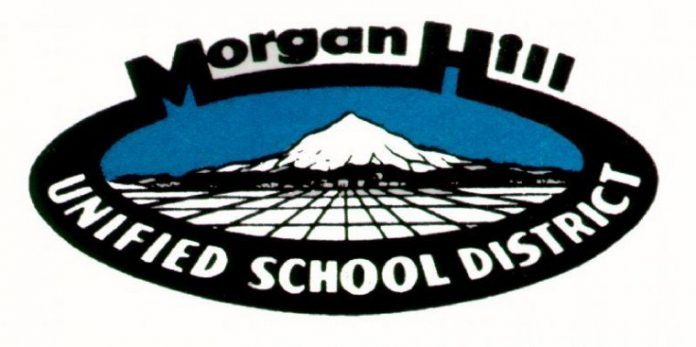By a 6-0 vote at an Aug. 16 special meeting, the local board of education approved school district leadership’s plan for developing an individualized learning secondary school to help lessen the blow for hundreds of former Silicon Valley Flex students hung out to dry.
Morgan Hill Unified Superintendent Steve Betando emphatically touted the fresh idea, sparked by the unexpected closing of the Morgan Hill-based charter school just weeks before the beginning of the 2016-17 school term, as a “more robust online learning program” that will be off and running as early as next week.
At first, the district will accommodate former Flex students—from grades 6-12—by enrolling them into either its existing home school or independent study programs while they work out the particulars for its on-site individualized online school, which they plan to officially open in January 2017.
The new school will share the campus at Loritta Bonfante Johnson Education Center, located on Tilton Avenue, with Central High School. It will consist of two classrooms: one for sixth, seventh and eighth graders and the other for high school freshman up to seniors. Ideally, school officials are hoping to enroll between 20 and 30 students in each class.
Until January, students enrolled in the program will study through MHUSD’s K-8 Home School Program, which “provides parents with the opportunity to facilitate their child’s educational experience with the support and guidance of an experienced certificated teacher,” or independent study where “a student is guided by a teacher but usually does not take classes with other students every day. The student works independently,” according to state requirements.
“We’re at the point where we’re going to ask you to take action,” said Betando as he filled the board in Tuesday evening. “Last night, we had the curriculum laid out for parents and they could go online and experience the course-ware that was there. We also gave them temporary access codes to try with their kids at home.”
Similar to what happened at Flex, where about 250 students were unceremoniously shown the door in July, students will be required to be in attendance during the regular school day but will learn from an online curriculum. A teacher or teacher’s aide of some sort will be on-site to provide student support.
School officials devised the plan based on a pair of informational meetings held with the displaced Flex families, about 147 of which lived within MHUSD school boundaries, including 104 that were enrolled in local secondary schools prior to the start of the 2016-17 term.
“Over the past five days, staff has reviewed and prepared options for an individualized learning school, including addressing logistics related to budget, schedule, facilities, curriculum and instruction, equipment, furniture, materials, staffing, enrollment, administrative oversight and transition planning,” according to Betando as he pitched the idea to the school board.
While school district staff has engaged Flex families about the idea and received strong interest from them, they have not enrolled any students into the new program prior to board approval, explained Betando. The initial purpose of the school will be to draw the displaced Flex students to fill the classrooms and then, depending on interest, branch out to others who may be well suited for the alternative format.
“Our sense of urgency is to get the Flex kids back in school,” Betando said. “We think we can meet their needs.”
Trustee Tom Arnett said he was “quite excited about this program” because it provided an alternative to the traditional classroom setting that isn’t always effective.
“Beyond just being something to serve students coming from Silicon Valley Flex, it’s an incredible opportunity to create some innovative programs,” said Arnett, an education researcher who travels the country reviewing non-traditional school programs.
Betando said the district’s online education curriculum—in place for its existing programs such as Cyber High and to be implemented into the new school—is aligned with the Common Core State Standards, provides A-G (college-track) accredited classes and offers even a wider variety of courses for students.
As for financing the new school, Betando told the board the district would be able to recover all funds through Average Daily Attendance monies generated by student enrollment in the program.
The board approved the move but requested monthly updates on the progress and details for the new individualized learning school.
64.1
F
Morgan Hill
May 19, 2024








